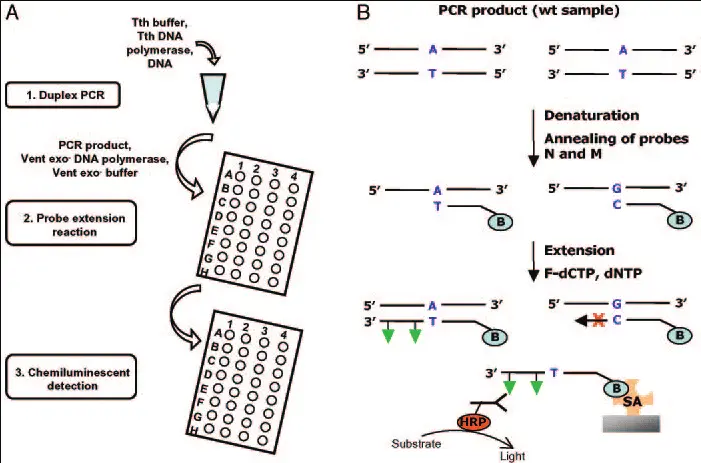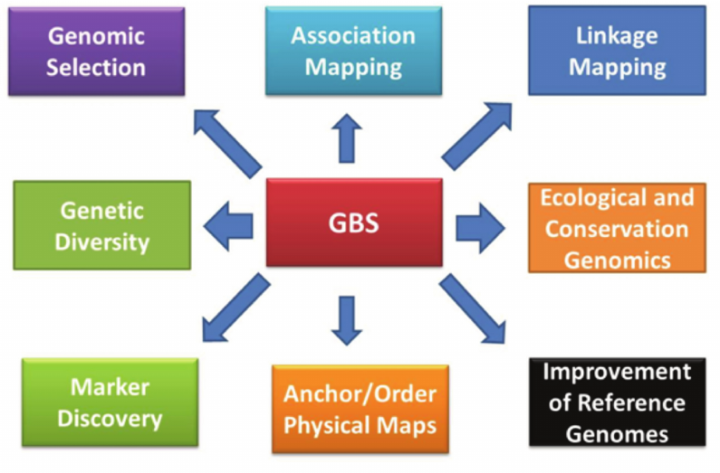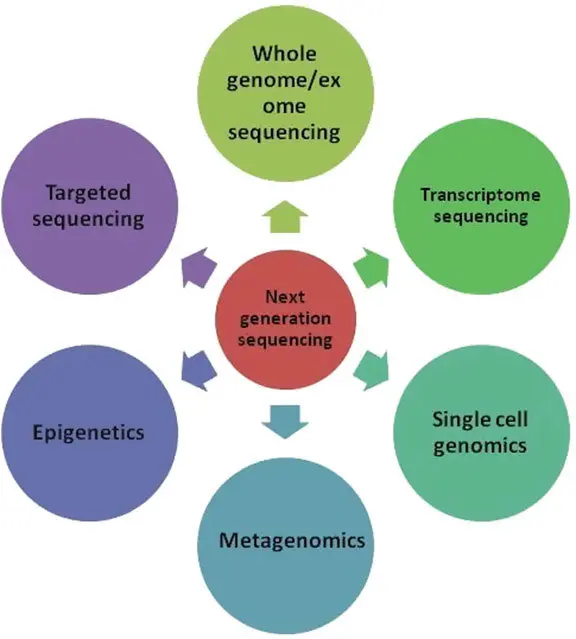Introduction
In modern biomedical research and clinical diagnostics, genotyping and sequencing are two fundamental genetic analysis methods. While both study DNA, they serve different purposes, technologies, and applications. Understanding their differences is essential for researchers, clinicians, and biotech professionals aiming to choose the right tool for genetic analysis.
In this article, we explain genotyping vs. sequencing, their methodologies, applications, advantages, and limitations.
SEO Keywords: genotyping vs sequencing, genetic testing methods, DNA analysis, SNP genotyping, whole genome sequencing, NGS
1. What is Genotyping?
Genotyping is the process of identifying specific genetic variations in DNA, such as:
- Single nucleotide polymorphisms (SNPs)
- Insertions or deletions (indels)
- Targeted mutations
Key features of genotyping:
- Focuses on known genetic markers rather than entire DNA sequences.
- Rapid and cost-effective for analyzing large populations.
- Ideal for pharmacogenomics, disease risk assessment, and population genetics studies.
Applications:
- Personalized medicine: Predicting drug response based on genetic variants.
- Disease risk assessment: Detecting mutations linked to hereditary diseases like BRCA1/BRCA2.
- Research: Genome-wide association studies (GWAS) and trait mapping.
2. What is Sequencing?
Sequencing determines the exact order of nucleotides in DNA or RNA. Types include:
- Sanger sequencing: Traditional method for targeted DNA sequencing.
- Next-generation sequencing (NGS): High-throughput, scalable method for whole-genome, exome, or targeted panel sequencing.
Key features of sequencing:
- Provides comprehensive genetic information.
- Detects known and unknown mutations.
- Generates large datasets requiring bioinformatics analysis.
Applications:
- Clinical diagnostics: Identifying rare or novel disease-causing mutations.
- Cancer research: Detecting tumor-specific mutations for precision oncology.
- Infectious disease research: Tracking pathogen evolution and resistance mutations.
Key Differences Between Genotyping and Sequencing
Feature | Genotyping | Sequencing |
Purpose | Detect specific known variants | Determine complete DNA sequence |
Data Volume | Small, targeted | Large, comprehensive |
Cost | Lower | Higher |
Turnaround Time | Faster | Slower (depending on method) |
Applications | GWAS, pharmacogenomics, disease risk | Rare variant discovery, precision medicine, pathogen research |
Complementary Roles in Research and Clinical Applications
Genotyping and sequencing are complementary techniques:
- Genotyping is efficient for screening large populations for known variants.
- Sequencing provides deep insights into genetic mechanisms, identifying rare or novel mutations.
- Combining both allows comprehensive genetic analysis, supporting precision medicine, pharmacogenomics, and advanced biomedical research.
Examples of combined use:
- Cancer research: Genotyping to identify common mutations, sequencing to detect rare tumor mutations.
- Infectious disease: Genotyping for strain typing, sequencing for evolutionary tracking.
Advantages and Limitations
Genotyping:
- Advantages: Fast, cost-effective, scalable, easy to interpret.
- Limitations: Limited to known variants, cannot detect novel mutations.
Sequencing:
- Advantages: Comprehensive, detects both known and unknown variants, useful for discovery.
- Limitations: Higher cost, requires complex data analysis, longer processing time.
Conclusion
Understanding the differences between genotyping and sequencing is crucial for choosing the right genetic analysis method. Genotyping is ideal for targeted studies and high-throughput screening, while sequencing is essential for comprehensive genetic exploration and precision medicine.
By combining both approaches, researchers and clinicians can achieve a complete view of genetic variations, driving innovation in biomedical research, diagnostics, and personalized healthcare.


